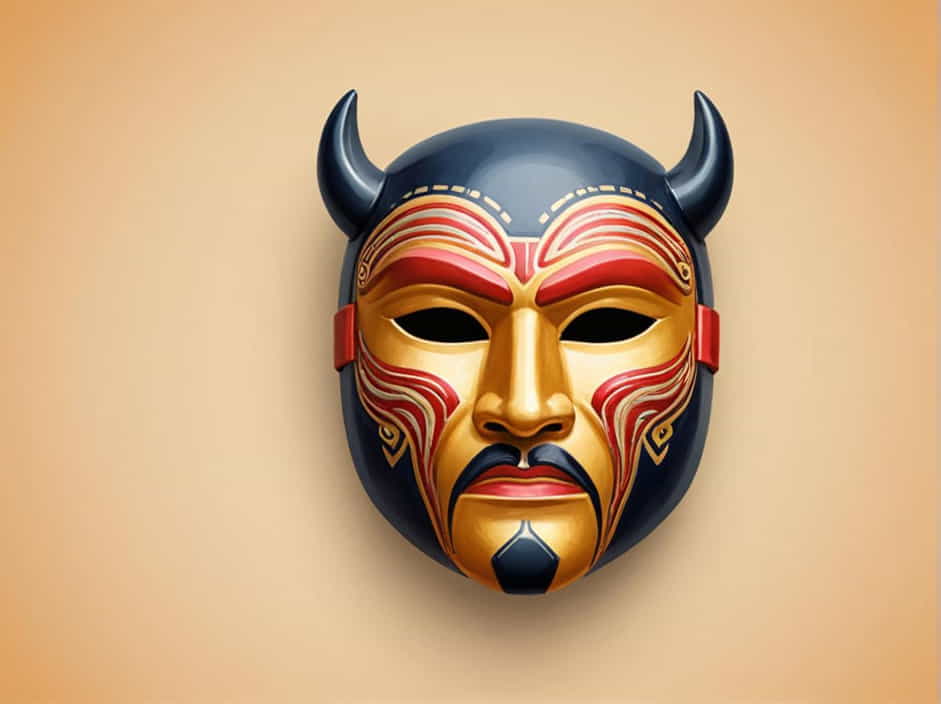The Couvade Describes A Ritualized Practice Whereby
The Couvade describes a ritualized practice in which expectant fathers symbolically experience pregnancy and childbirth alongside their partners. This tradition has been observed in various cultures worldwide and reflects deep-rooted beliefs about fatherhood, kinship, and spiritual connection to the unborn child. While modern societies may view pregnancy and childbirth as primarily female experiences, Couvade rituals … Read more









